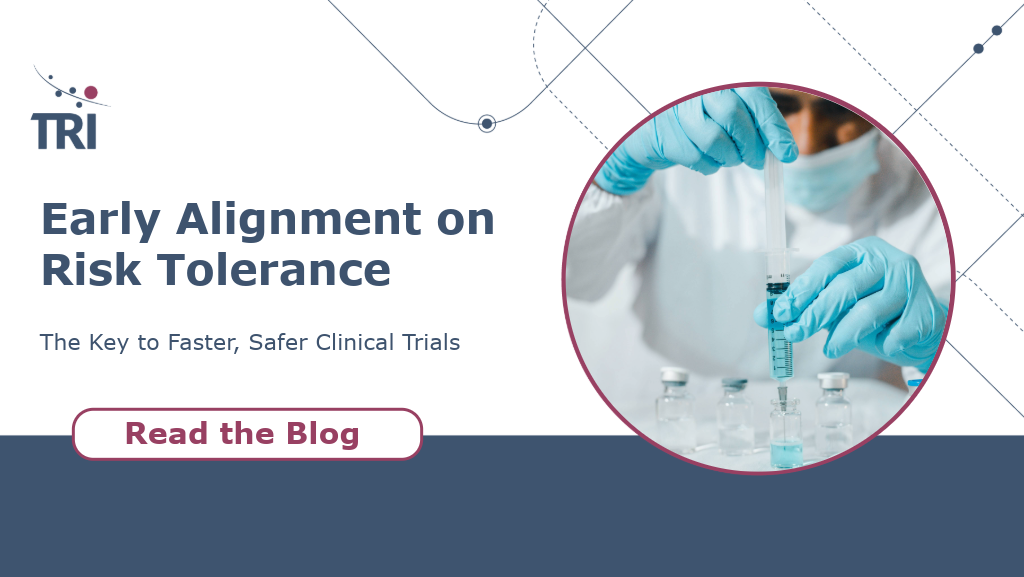Why Early Alignment on Risk Tolerance Is Critical for Clinical Trials

The release of ICH E6(R3) marks a significant evolution in Good Clinical Practice (GCP), placing a strong emphasis on risk-based quality management (RBQM) and collaboration between Sponsors and CROs. One of the most impactful changes? The need for early alignment meetings to harmonize risk tolerance, operational processes, and definitions of Critical-to-Quality (CtQ) factors.
The Shift to Risk-Based Thinking in ICH E6(R3)
ICH E6(R3) moves away from rigid, prescriptive compliance and toward a risk-proportionate approach that prioritizes participant safety and data integrity. Rather than treating every deviation as a crisis, the guideline encourages Sponsors and CROs to focus on what truly matters: CtQ factors, those elements that directly impact trial outcomes and patient well-being.
This shift requires collaboration from the earliest stages of trial planning. Without alignment, Sponsors and CROs risk miscommunication, duplicated efforts, and inconsistent interpretations of risk thresholds.
“If everything is critical, then nothing is critical.”
This principle underpins the new guidance, urging teams to define and agree on what matters most before the trial begins.
Why Early Alignment Meetings Matter
Early alignment meetings are a strategic necessity under ICH E6(R3). Here’s why:
- Harmonizing Risk Tolerance
Sponsors and CROs often have different appetites for risk. Aligning on acceptable ranges (formerly known as Quality Tolerance Limits) is essential to manage risk and address potential risk early, ensuring both parties share a common understanding of what constitutes a significant deviation and what corrective actions are appropriate.
- Defining Critical-to-Quality Factors
ICH E6(R3) emphasizes identifying CtQ factors early, such as key eligibility criteria, essential data points, and processes that safeguard participant safety. These should be documented and agreed upon during the RFP stage, enabling CROs to conduct high-level risk assessments and propose tailored monitoring strategies (central, remote, or on-site).
- Streamlining Operational Processes
Early discussions allow both parties to align on centralized monitoring plans, data governance, and technology platforms. This reduces friction later and ensures compliance with regulatory expectations for oversight and documentation.
What Should Be on the Agenda?
To make early alignment meetings effective, include these key discussion points:
- Risk Appetite & Acceptable Ranges: Define thresholds for intervention.
- CtQ Factors: Agree on what’s critical for safety and data reliability.
- Draft Protocol Review: Share early drafts for preliminary risk assessment and management planning.
- Monitoring Strategy: Determine the balance between central, remote, and on-site monitoring.
- Roles & Responsibilities: Clarify who owns what in RBQM execution.
The Payoff: Efficiency and Compliance
Early alignment is about building a partnership that drives efficiency, reduces costs, and ensures patient safety. By embedding RBQM principles from the start, Sponsors and CROs can manage risk proactively, address potential risk factors and improve data quality.
As ICH E6(R3) becomes the new standard, those who embrace early collaboration will be best positioned to deliver faster, safer, and more reliable trials.
Ready to take your RBQM strategy to the next level? Discover how our centralized monitoring solution OPRA can help you implement risk-based approaches with confidence.
